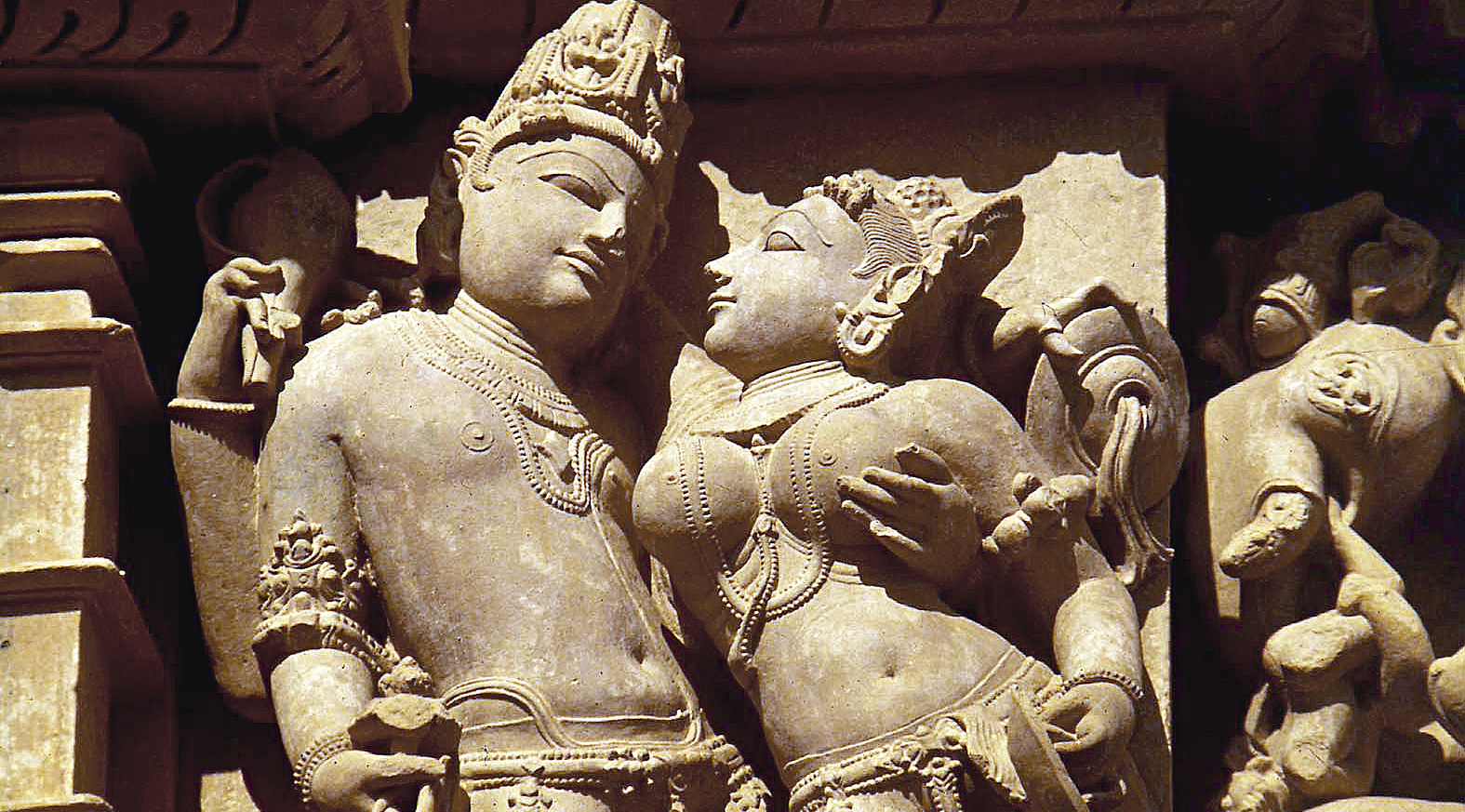Das has worn many hats in his life (corporate top brass; playwright; social and political analyst; oracle-at-large: his website describes him as a “thought leader”, and so forth), most of them with enviable success, but — tragically — “successful novelist” is not one of them. Having said which, I have to pause and ask myself: is Kama indeed a novel, or a kind of extended, Indianized variant on Jostein Gaarder’s 1991 superhit, Sophie’s World, a book that used the novel’s structure to talk of things philosophical through the conversations between the titular teen, Sophie Amundsen, and the ageing philosopher, Alberto Knox? Turns out it’s neither. Too badly written to qualify as a novel (in the sense of being a way of shaping the world anew through language); wholly devoid of anything resembling that suspense, or any one of its close cousins, which keeps us turning the pages in our eagerness to find out what happened next; rather confusingly, and, at places, inappropriately, chock-a-block with references stretching over millennia (from the Vedas to Wendy Doniger), not to mention crucial blunders in interpreting ancient, especially Indian, texts and/or concepts (cases in point: Charvaka, both the use and the sense; rasa, ditto; also Aristophanes’s speech in Plato’s Symposium; and so on and on), Kama: The Riddle of Desire is not so much about desire per se as it is about its author’s desire to demonstrate his erudition and noble willingness to share his nuggets of wisdom with us lesser mortals.
As for the story of the novel, the rather tedious account of the hero, Amar Kumar (“eternal youth” — very clever), and his various dalliances, successful or otherwise, is interspersed with (a) stupefyingly banal observations on life, the universe, and everything (three random examples: “Time is a healer…”; “…our life consists entirely of present moments”; “Evolution is a record of reproductive success”); (b) quick summaries of books (Anna Karenina), films (Charulata) and so on; (c) pen portraits of historical figures for the benefit of us ill-educated readers (for example, “Friedrich Nietzsche, the nineteenth-century German philosopher…”), and, of course, (d) Das holding forth on anything even remotely connected to his notion of kama. All in all, unappetizing, curiously bland to the taste (especially given its alleged subject-matter), and liable to induce indigestion in the unprotected and unwary. One of Das’s great qualities is his complete lack of inhibition when it comes to aligning himself with history’s greats. Thus, in a 2010 essay, “Dilemma of a liberal Hindu”, he could unselfconsciously declare “I suspect Mahatma Gandhi would have understood my dilemma about teaching the Mahabharata in our school”, and, here, too, he unblushingly begins his “Author’s Note” thus, “I am writing this book on the advice of Anandavardhana, the Sanskrit critic of the ninth century…” It is such confidence in his own greatness that must have propelled Das to the tops of his many careers (see parenthetical comment on his hats above).
The real riddle for this reviewer is not just how this confused mishmash of a book got published in the first place (successful names sell), nor why it is receiving good press (no one wants to get on the wrong side of a successful name), but — now that I have a copy — what I am supposed to do with it. Three choices present themselves: doorstopper, wrist-exerciser, gift to ex-colleague suffering from delusions of intellectual superiority. Think I’ll go with the third.
In Chapter VI of the Natyasastra, Bharata’s interlocutors ask him to explain rasa, which he proceeds to do, not through abstract reasoning and definition, but by characterizing rasa as something that is capable of being tasted; and then going on to give the example/instance (dristanta) of having a meal that gives pleasure and satisfaction to the well disposed (sahridaya). It was in this spirit of same-heartedness that I began Gurcharan Das’s latest offering — a hefty tome (0.63 kilograms on my weighing machine), clocking well over 550 pages — which seeks to answer the question, in the author’s own words, “…how do we cope with desire in order to live a rich, flourishing life?” I was hoping to savour the richness and piquancy of a well-prepared meal combing spices and vegetables (Natyasastra: VI; verses 32-33 and 37), and thus being able to verily ‘taste’ the many-splendoured wonder of kama — but, sadly, this was not to be.
Kama: The riddle of desire By Gurcharan Das, Penguin, Rs 799












